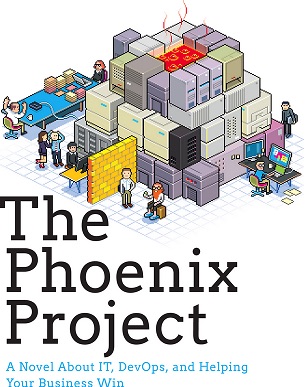Cited By
View all- Kumar ANadeem MShameem M(2024)A Systematic Literature Review for Investigating DevOps Metrics to Implement in Software Development OrganizationsJournal of Software: Evolution and Process10.1002/smr.2733Online publication date: 27-Oct-2024
- Toh MSahibuddin SMahrin M(2019)Adoption Issues in DevOps from the Perspective of Continuous Delivery PipelineProceedings of the 2019 8th International Conference on Software and Computer Applications10.1145/3316615.3316619(173-177)Online publication date: 19-Feb-2019


